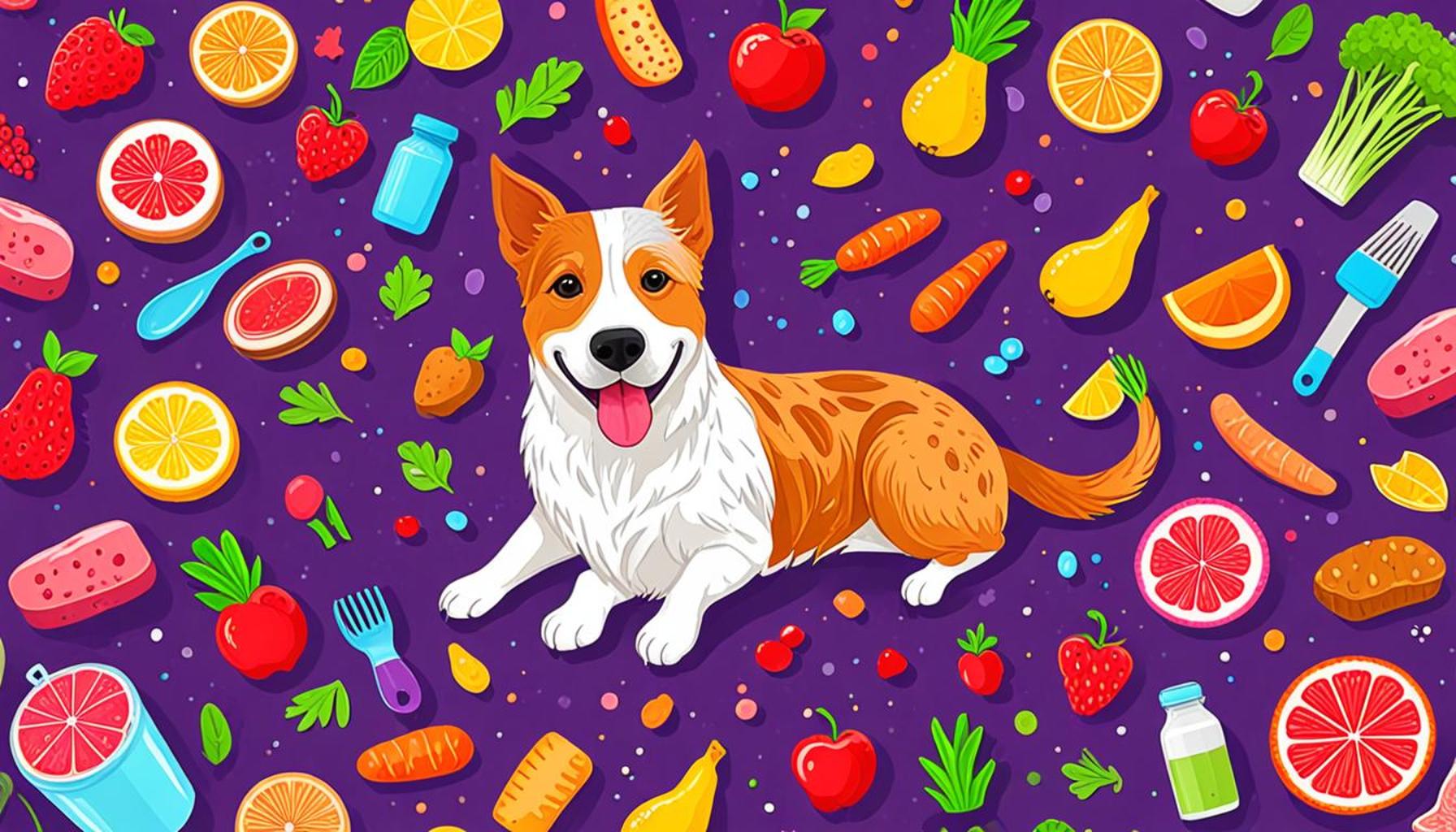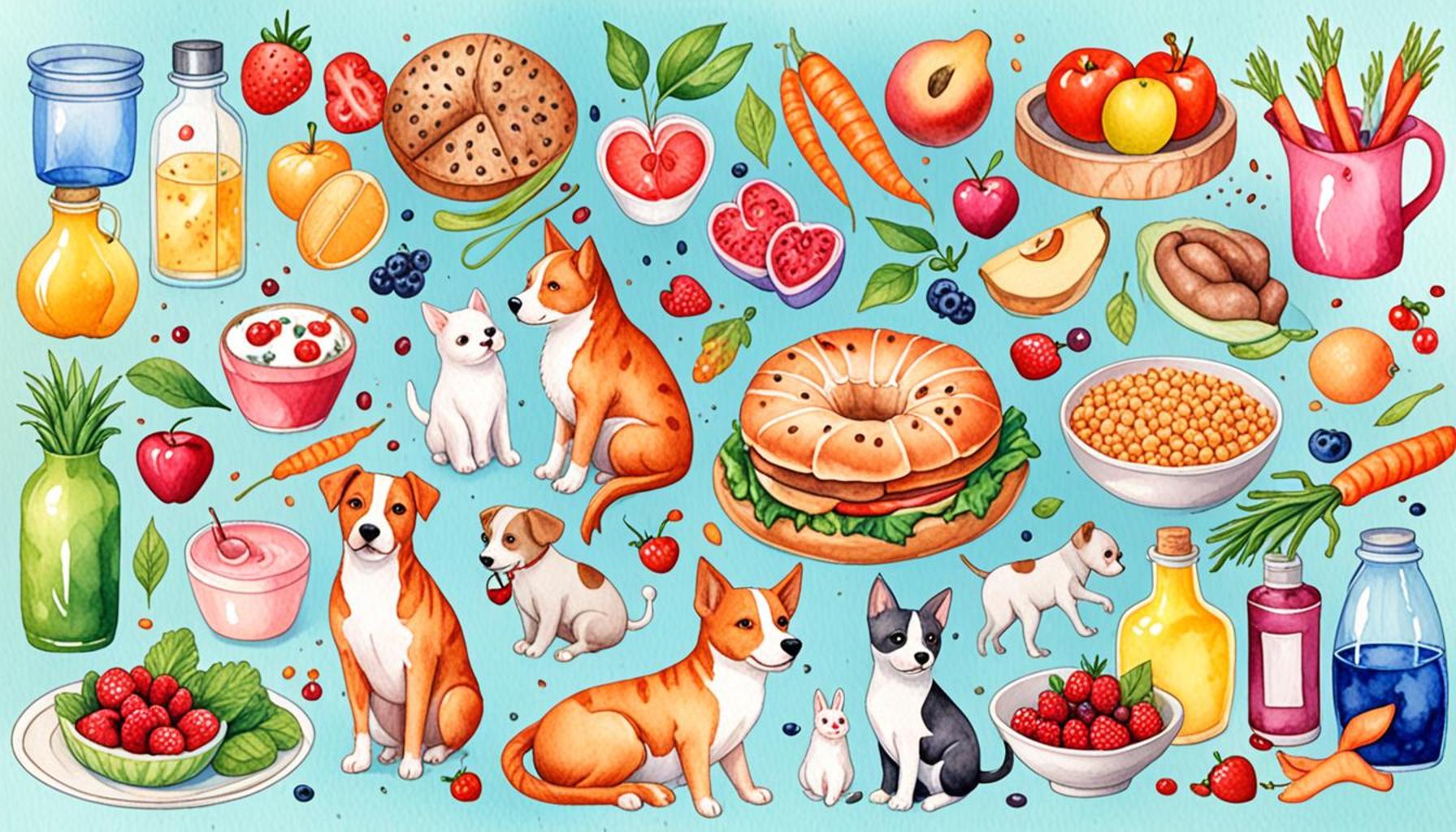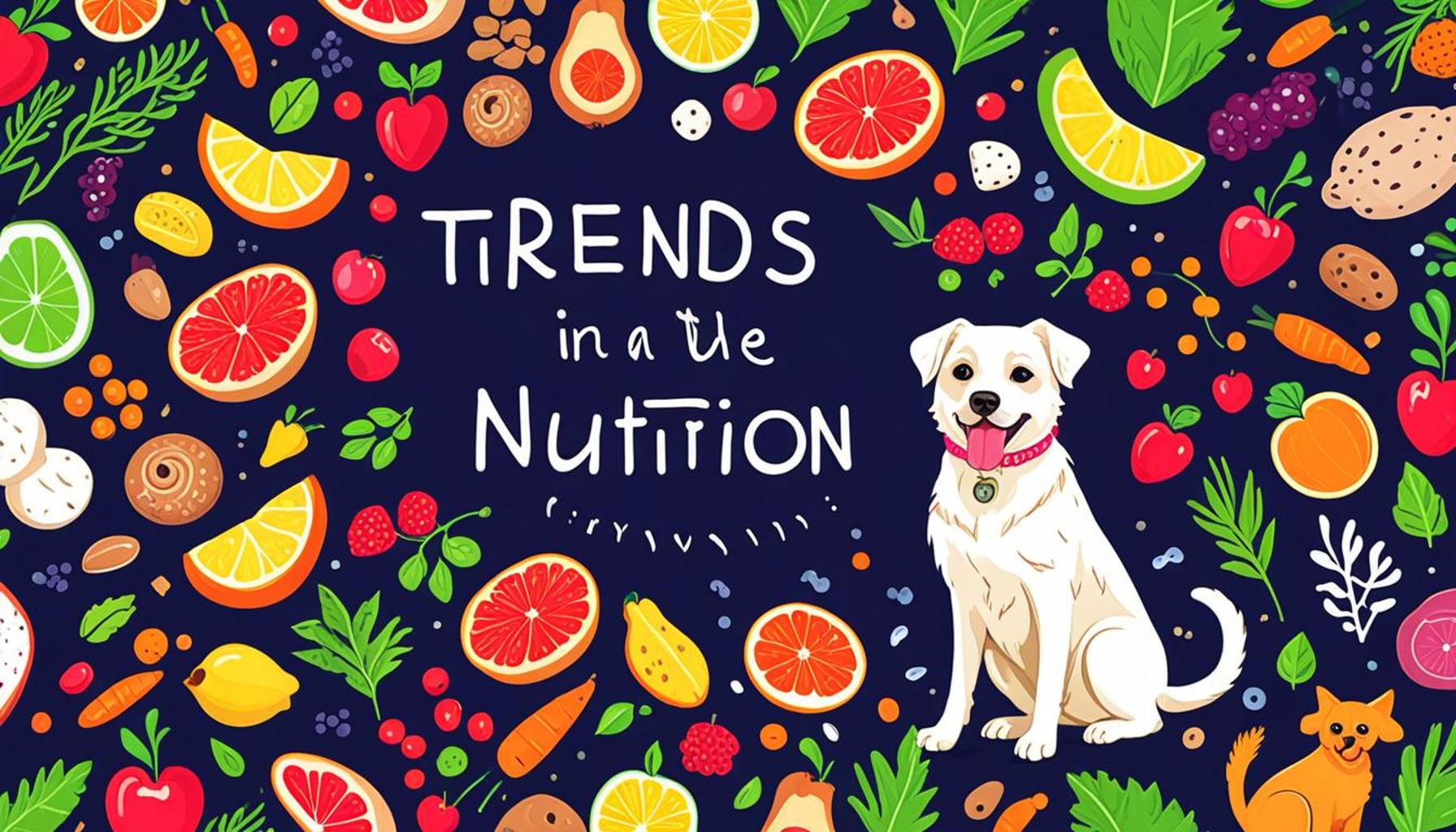Homemade Pet Food: Recipes and Necessary Care
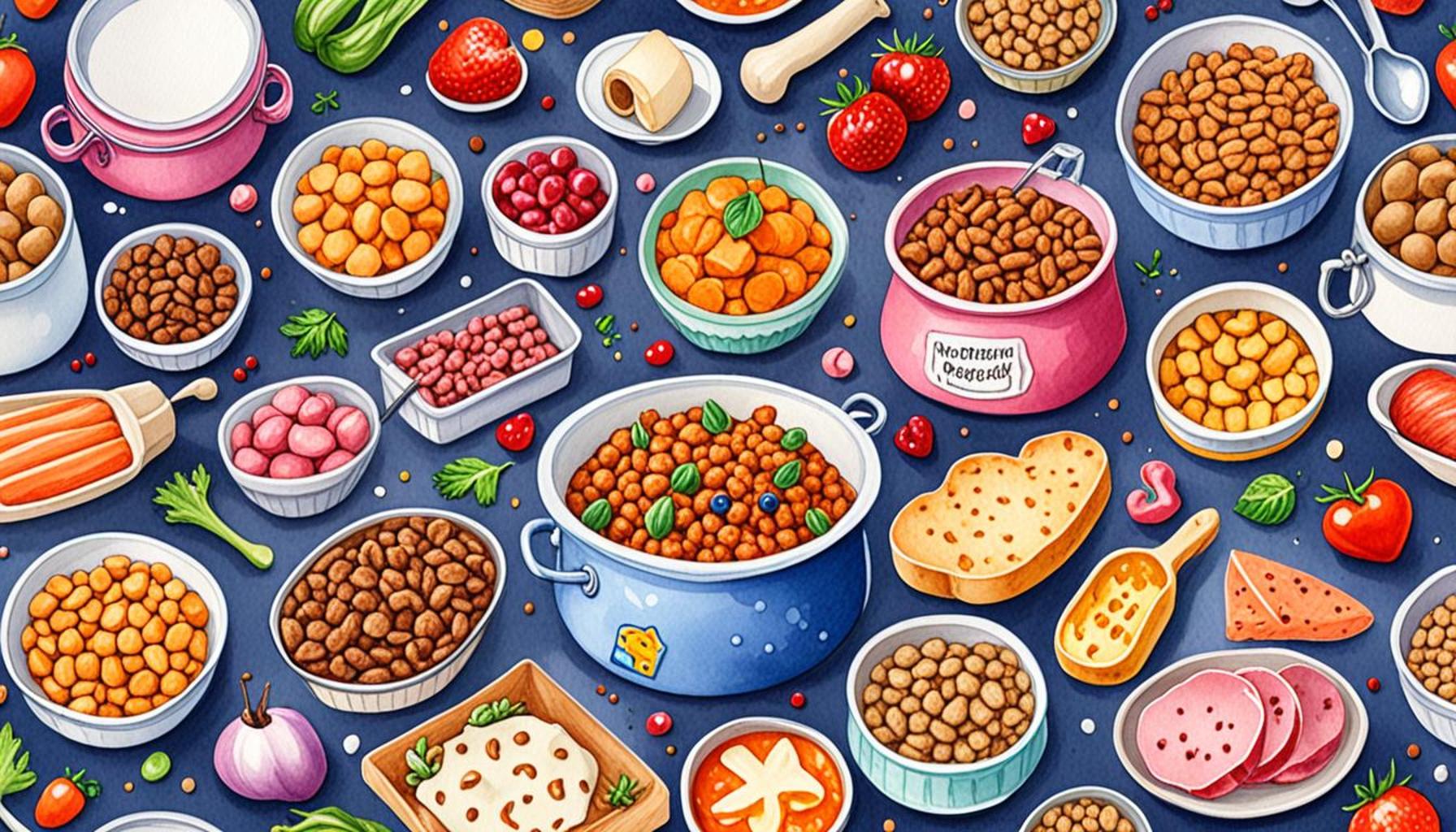
Exploring Homemade Pet Food: The Benefits and Considerations
In recent years, a growing number of pet owners have embraced the idea of crafting homemade pet food. This trend reflects a desire to understand and control what goes into their pets’ meals, ensuring they receive optimal nutrition. As pet owners become increasingly aware of the potential benefits, let’s delve into the intricacies of this culinary adventure.
At the heart of homemade pet food is the idea of nutrition. Like humans, pets require a balanced diet to thrive. Dogs and cats have specific dietary needs, including proteins, carbohydrates, fats, vitamins, and minerals. For instance, a dog’s diet should primarily consist of high-quality protein sources like chicken or beef, while cats, being obligate carnivores, may require more protein from fish or poultry. Consulting with a veterinarian or a pet nutritionist can help ensure that your homemade meals adequately meet these nutritional requirements, preventing deficiencies or health issues.
When it comes to ingredients, the choices are as important as the foods themselves. Opting for fresh, whole ingredients can elevate the quality of your pet’s meals significantly. Safe ingredients that are popular among pet owners include sweet potatoes, carrots, spinach, and brown rice. These foods not only provide essential nutrients but also add flavor and variety to meals. However, it’s vital to avoid certain harmful ingredients like onions, garlic, chocolate, and grapes, which can be toxic to pets. Conducting thorough research about which foods are safe for your furry friends will ensure their well-being.
Preparation methods also play a crucial role in preserving the nutrients within the food. While boiling and steaming are popular methods, it’s important to avoid overcooking, as this can lead to nutrient loss. Some pet owners find baking or slow-cooking to be effective techniques that retain flavors and nutrients while offering a delightful texture. It’s fascinating to note that by incorporating various cooking techniques, you can create a range of meals, from hearty stews to dry kibble alternatives, catering to your pet’s preferences.
The variety of homemade recipes is indeed extensive. From a savory dog-friendly meatloaf made with ground turkey and veggies to a lip-smacking cat-approved fish dish baked with catnip, there lies a world of flavors waiting to be explored. Human-grade ingredients provide a sense of satisfaction, knowing you are serving wholesome meals to your companions.
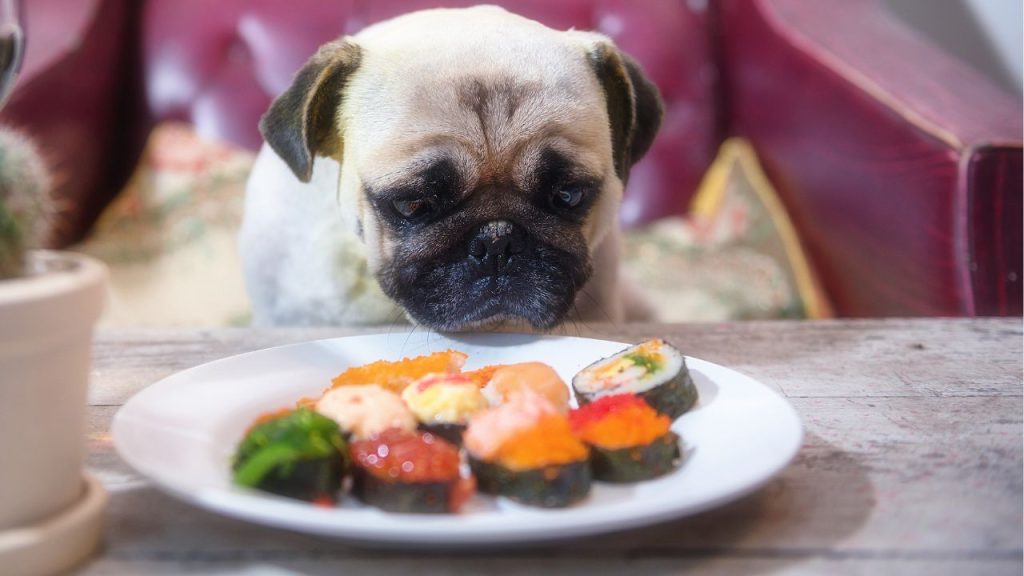
Transitioning your pets to homemade meals requires patience and care. Gradually introducing these new recipes into their diet helps mitigate digestive issues and ensures they adjust well to the new flavors and textures. Remember to always monitor your pets for any signs of allergies or discomfort during the transition.
Ready to experiment? The journey into homemade pet food is not just about feeding your pets; it’s an opportunity to enhance their overall health and happiness. As you whip up nutritious meals, your pets are sure to appreciate your culinary efforts and bask in the love that goes into every bite.
LEARN MORE: Click here to discover how to protect your pet
Navigating the World of Homemade Pet Food
As the trend of making homemade pet food continues to grow, it’s imperative to grasp the key aspects that will help ensure your furry companions thrive on these meals. This venture is not only about cooking; it’s a thoughtful process that requires knowledge of nutrition, ingredient selection, and proper preparation techniques.
When deciding to transition to homemade pet food, it’s essential to focus on crafting a balanced diet that meets your pet’s specific needs. Understanding the appropriate macronutrient ratios is crucial. For dogs, this usually translates to about 40% protein, 50% carbs, and 10% healthy fats. Conversely, cats often need around 50% protein and minimal carbohydrates due to their natural dietary preferences. A visit to your veterinarian can illuminate the best ratios tailored to your pet’s age, size, and activity level, ensuring they flourish.
Essential Ingredients for Homemade Pet Cuisine
Choosing the right ingredients can greatly impact the health and enjoyment of your pet’s meals. Here’s a breakdown of some nutritious ingredients that can be included in their diet:
- Proteins: Choose lean meats like chicken, turkey, or beef, as well as fish rich in omega-3 fatty acids, such as salmon. Eggs are another wonderful protein source.
- Carbohydrates: Whole grains like brown rice and oats provide essential energy, while vegetables such as sweet potatoes, peas, and carrots offer vital vitamins.
- Fats: Healthy fats from fish oil or flaxseed oil contribute to a glossy coat and overall skin health.
- Fruits: Safe options like blueberries and apples (without seeds) can add sweetness and additional nutrients.
While selecting ingredients, it’s equally important to be aware of items that should be avoided. Certain foods, such as chocolate, onions, grapes, and avocados, can pose serious health risks to pets. Prospective cooks must proactively educate themselves about these toxic ingredients in order to ensure their furry friends remain safe and healthy.
Cooking Techniques that Retain Nutritional Value
Another important consideration lies in the cooking methods used for preparing homemade pet food. Techniques like steaming and slow-cooking not only develop robust flavors but also help preserve vital nutrients that can be lost through methods such as boiling. Overcooking is a common pitfall; maintaining an appropriate cooking duration will prevent the depletion of essential micronutrients. Packaging these homemade meals in portions can also lend convenience, making feeding time as efficient as it is enjoyable for both you and your pets.
As you embark on your homemade pet food journey, remember that you are not merely creating meals but crafting a lifestyle change for your beloved animal. With proper care and attention to their unique dietary needs, the journey can lead to increased vitality, a happier disposition, and a stronger bond between you and your furry family member. Preparing food from scratch not only shows your love but also allows you to be an active participant in ensuring your pet’s health and happiness.
| Advantage | Description |
|---|---|
| Control Over Ingredients | Homemade pet food allows pet owners to choose fresh and quality ingredients, ensuring the absence of preservatives and fillers often found in commercial pet food. |
| Customized Nutrition | Tailor recipes to meet specific dietary needs, accommodating allergies and preferences, thus enhancing your pet’s overall health and wellness. |
Exploring the world of homemade pet food opens doors to numerous benefits beyond just nutrition. One major advantage, as noted, is the control over ingredients. This empowerment allows pet parents to know exactly what their pets consume, potentially reducing the risk of allergic reactions and ensuring a nutritious diet. Many commercial foods contain unknown ingredients, while homemade meals can be made using high-quality proteins, vegetables, and grains that align with your pet’s dietary requirements.Another significant benefit is the ability to create customized nutrition tailored to individual pets’ needs, which can be especially crucial for those with specific health concerns or preferences. For example, a pet who is intolerant to certain grains may thrive on a grain-free diet made from wholesome meats and vegetables. This level of customization not only enhances your pet’s health but can also contribute to their happiness.Incorporating homemade meals into your pet’s diet can be a creative and fulfilling endeavor, allowing you to bond more with your furry friend while also ensuring their nutritional needs are met through careful planning and consideration. As a starting point, research recipes that emphasize balance and nutrition, and gradually transition your pet to enjoy the benefits of homemade meals.
DISCOVER MORE: Click here to learn about the benefits of pet adoption
Crafting Delicious Homemade Recipes
Now that we’ve navigated the essential ingredients and cooking techniques for homemade pet food, it’s time to explore some tantalizing recipes that will not only be nutritious for your pets but also make mealtime a delightful experience. Below are examples of easy-to-make meals that cover the nutritional needs of both dogs and cats.
Recipe for Dogs: Chicken and Brown Rice Delight
This wholesome recipe offers a perfect balance of protein, carbohydrates, and fats, ensuring your dog receives the nutrients they need for a vibrant lifestyle.
- Ingredients:
- 2 ½ cups of brown rice
- 1 pound of ground chicken
- ½ cup of carrots, chopped
- ½ cup of peas, canned or frozen
- ½ cup of chicken broth (no sodium)
- Preparation: In a large pot, cook the brown rice according to package instructions. In another pan, heat chicken, then stir in carrots, peas, and chicken broth. Simmer for about 10 minutes. Mix meat and veggies with the cooked rice, allow to cool, and serve.
Recipe for Cats: Salmon and Sweet Potato Mash
This flavorful dish showcases omega-3 fatty acids from salmon, essential for skin and coat health in our feline friends.
- Ingredients:
- 1 can of salmon in water (undrained)
- 1 small sweet potato, cooked and mashed
- ¼ cup of peas
- Preparation: With the oven preheated to 350°F, mash the sweet potato in a bowl and combine it with the salmon and peas. Spoon the mixture into a baking dish and bake for about 15 minutes. Once cooled, serve it to your cat.
Portion Control and Meal Frequency
Beyond ingredient selection and cooking, portion control plays a critical role in your pet’s health. The right amount of food can depend on several factors, including your pet’s age, size, and activity level. Generally, adult dogs should be fed twice a day, whereas adult cats may feed once or twice as well. Monitoring your pet’s weight during this transition period is essential for ensuring that you are not over or underfeeding them.
As a guideline, keep a weight chart handy for reference, ideally discussed with your veterinarian. They can help you determine the right calorie count based on your pet’s specific lifestyle. Online tools can also assist in calculating estimated caloric needs based on various parameters.
Ensuring Safety Through Proper Storage
After cooking up enticing meals, it’s necessary to consider food safety and storage. Homemade pet food should be stored in airtight containers and can generally last 4-5 days in the refrigerator. If you’ve made a larger batch, consider freezing portions for later use. Thawing in the refrigerator rather than at room temperature can help prevent bacterial growth. Always check if the food smells or looks off before serving it to your pets.
Returning to the concept of sustainability, creating homemade pet food can be a cost-efficient and eco-friendly alternative to store-bought options. With a little creativity and knowledge, you can provide your furry companions with meals that not only enhance their health but also cater to their particular tastes, giving them the love and nourishment they deserve.
DISCOVER MORE: Click here for insights on balanced nutrition for your pet’s health
Final Thoughts on Homemade Pet Food
As we’ve explored the world of homemade pet food, it’s clear that the benefits extend far beyond just feeding your furry friends; it’s about enhancing their overall well-being and fostering a deeper bond with them. By taking control of your pet’s meals, you can ensure they receive a well-balanced diet tailored to their specific nutritional needs, preferences, and any dietary restrictions they may have.
The recipes we’ve shared, such as the Chicken and Brown Rice Delight for dogs and the Salmon and Sweet Potato Mash for cats, exemplify how simple preparation can yield nutritious and delicious results. Remember, engaging in the process of meal creation not only elevates the feeding experience but also showcases the love and care you have for your pets.
Moreover, embracing homemade pet food can represent a sustainable choice—saving money while reducing packaging waste associated with commercial pet foods. It’s essential, however, to approach this with diligence. Regular consultations with your veterinarian will provide you with invaluable insights to ensure that your pets receive the necessary nutrients and maintain a healthy weight.
In conclusion, whether you are motivated by health, cost-efficiency, or simply a desire to treat your pets with the best possible meals, homemade pet food presents an exciting opportunity for pet owners. By investing time and effort in crafting wholesome meals, you’re not just feeding your pets—you are enriching their lives and positively impacting their health.
So roll up your sleeves, gather your ingredients, and enjoy the rewarding journey of meal-making for your beloved companions!
